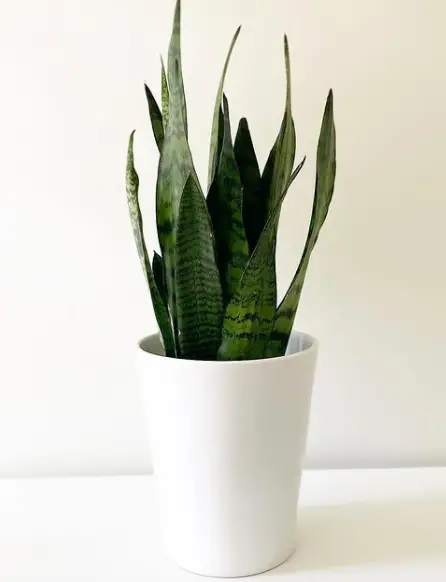Sansevierias are very unusual-looking plants, with blades instead of leaves. They’re perfect plants for beginning plant owners that forget about their plants all the time. This plant will survive any light exposure you have in your house and will be a plant friend for years to come. If you’re not familiar with the name, the plant is also commonly known as Croton officinalis.

What is a Sansevieria?
They’re an ancient plant that lives up to 200 years, or so it’s been said. That may be true, or it may not be. What is certain is that Sansevierias have been used for thousands of years to treat a variety of illnesses. The plant is native to the east of Africa. The Sansevieria oil we use to make teas was originally used for the treatment of ulcers and heart diseases. It contains many natural antibacterial and anti-inflammatory properties that fight off bugs and even the common cold. Many people use the Sansevieria as an indoor house plant for its unique shape and long life span. They were introduced to the UK in 1810, so they’ve been around for a long time. However, their popularity in the UK is relatively new.

Why Sansevieria is a good beginner plant
The texture of the leaves and many of the flowers are smooth and not frilly. Sansevieria can grow outside of a dark window and doesn’t require much watering, can withstand both indoor and outdoor temperatures. This plant has been used in ancient African cultures as an important remedy to treat many ailments.

Plants are usually no taller than a foot tall and do not need any pruning. Sansevieria leaves that do not turn brown. Because the leaves do not turn brown, there is no risk of causing scald to a plant. All of the annual leaves are large, up to 3/4 inch, which allows them to photograph well.
What are the Sansevieria’s requirements
Needs very little care from year to year. The plants do require their room to be medium bright. The biggest worry when taking care of a Sansevieria is overwatering. With this plant, you will need to check the soil daily and if you see that it is moist, water the plant. You can’t water the plant too much and the other big rule with this plant is to water about every two days if you’re not gardening outside.
What are the signs that you’re not caring for your Sansevieria
- The diameter of the old leaves that are yellow or dark brown, will turn brownish when they dry up.
- Fall of the leaves at the same time, which can be stressful to the plant.
- If you notice any wilting.
- Changes in the texture and color of the leaves, if it’s greenish, it will turn brownish or yellowish when it falls off.

You should start taking care of your Sansevieria when the leaves have reached a size of 10–15 cm (4–6 in) in diameter. Cut the leaf down the middle. Now you can just use the leaf-like a fan in your house to draw out excess heat. You should also water the leaves during the dry season and add a bit of fertilizer to them. Check the plant every couple of days to see if the leaves are turning yellow or if they’re getting too dry.
Conclusion
It’s a good plant for a wide variety of rooms if you’re in an apartment or a small house, this plant will be happy. If you have a larger house, a small Sansevieria would make a great house plant. Check the leaves recently and take care of the watering.
